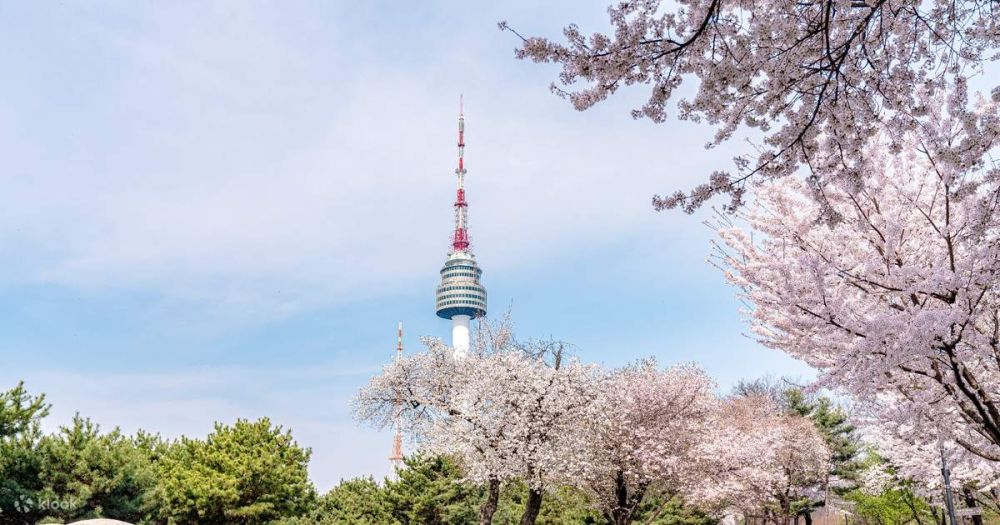

The iconic Namsan Seoul Tower, also known as N Seoul Tower, has been a predominant figure in the skyline of Seoul, South Korea since its initial completion in 1969. Although initially established for communication purposes, the tower eventually opened to the public in 1980, becoming an instant attraction due to its panoramic views of the sprawling metropolis below.
In its early days, Namsan Seoul Tower's role as a broadcasting tower was its primary function. However, as Seoul prepared for the Asian Games in 1986 and the Seoul Olympics in 1988, there was a significant push to develop infrastructure and amenities to accommodate the influx of international tourists. This period marked the beginning of Namsan Seoul Tower's evolution into a tourist destination.
Throughout the 1990s and the early 2000s, the Seoul Metropolitan Government and tourism developers continued to innovate and expand the offerings of the tower. Spaces like the observatory deck were enhanced, and cultural elements, such as the "Locks of Love," where couples affix padlocks as a symbol of their commitment, started becoming part of the tower's unique charm.
With the advent of social media and the digital age, Namsan Seoul Tower made significant strides to incorporate technology into its visitor experience. Digital and interactive exhibits now supplement the stunning vistas. Moreover, there has been a particular focus on sustainability and eco-friendly practices to maintain the tower's modern relevance and reduce its environmental footprint.
In recent years, tourism trends at Namsan Seoul Tower show a diversification of visitors, with an increasing number coming from various parts of the world. Recognizing the global interest, the tower now offers a multitude of cultural events, exhibits, and festivals that celebrate both traditional Korean culture and international influences. There has been a strong movement towards offering more personal and unique experiences to visitors, such as personalized photo opportunities and nighttime tours for a different view of the city lights.
The COVID-19 pandemic inevitably affected the tourism industry in Seoul, with Namsan Seoul Tower experiencing temporary closures and a decrease in visitors. To adapt, the tower has implemented health and safety measures, aligning with new travel trends focusing on safety and wellbeing.
Looking to the future, Namsan Seoul Tower is set to remain a top tourist destination, with ongoing efforts to fuse traditional culture with cutting-edge technology, ensuring that the tower continues to resonate with visitors of all demographics. The focus on sustainable tourism and immersive experiences is likely to keep the tower relevant and beloved for years to come.